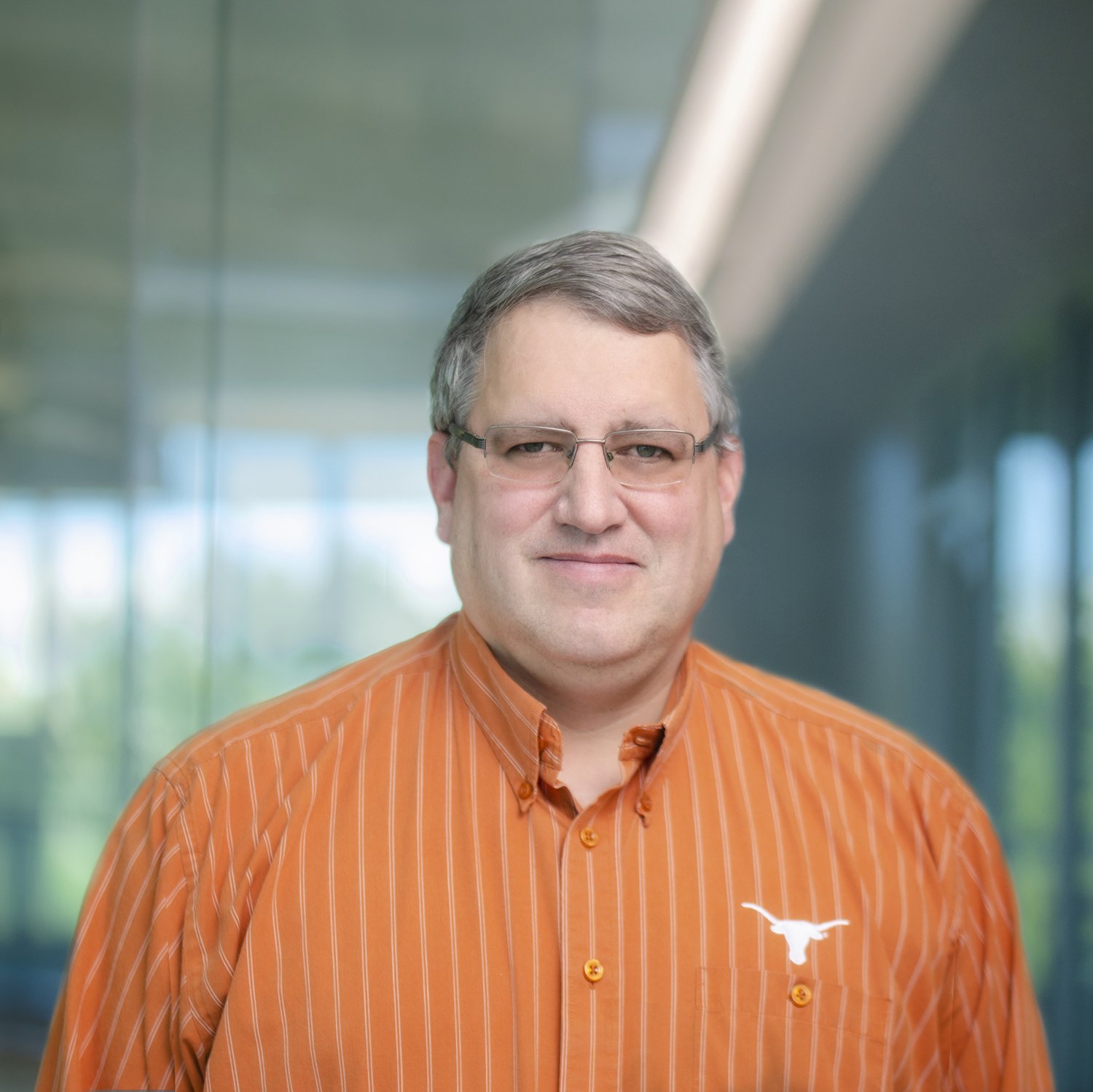People & Programs
Dan Stanzione
A Letter from the Director

2019 was another banner year for TACC, with the deployment and start of production of Frontera, now the #5 supercomputer in the world, putting groundbreaking new capabilities in the hands of TACC’s users. In a world where cell phones act as powerful computers in our pockets, fast laptops are affordable and ubiquitous, and data, HD video, and software are served to us from the cloud, some may ask, why do scientists and engineers still need supercomputers to solve their problems?
Essentially there are three reasons: to solve problems that are too big, too many, or too soon.
The main reason people come to us is for capability computing — single problems that are too big to fit on any other machine. If you need to analyze 100 terabytes of data at once, or simulate one hundred million interacting atoms in a new nanomaterial, the problem is not going to load on your workstation. These capability problems can only be solved with a supercomputer.
Another type of problem that needs supercomputers are those that require solving thousands of small problems (too many). For instance, reconstructing images from thousands of CT scans require researchers to run hundreds of thousands of analysis jobs. We frequently hear from researchers or graduate students who realize it will take them 1,500 years to solve a problem if they use their laptop. They turn to TACC to run those simulations rapidly, in parallel, to answer their questions. We call these capacity problems —another area where supercomputers excel.
An example of the third type of problem — too soon — is hurricane forecasting, where finishing a calculation after the storm hits the shore is not a favorable outcome. When you need to solve a problem in a fixed amount of time, you can accelerate your computation on a supercomputer and solve the problem in time to make a difference to decision-makers and first responders. In an era where natural disasters have ever-increasing impact, from tornadoes, hurricanes, and earthquakes to viral outbreaks, this is an area of growing importance and engagement for TACC.
This issue of Texascale includes examples of all of these types of computations. From the first image of a black hole captured by remote radio telescopes, to AI-powered mind readers, to models of the human heart, TACC’s supercomputers are the universal scientific instruments that power discoveries across disciplines.
We’re proud to support some of the biggest scientific and engineering computations from researchers in Texas and across the nation, and we hope that you enjoy reading about the breakthroughs TACC has enabled this past year.

